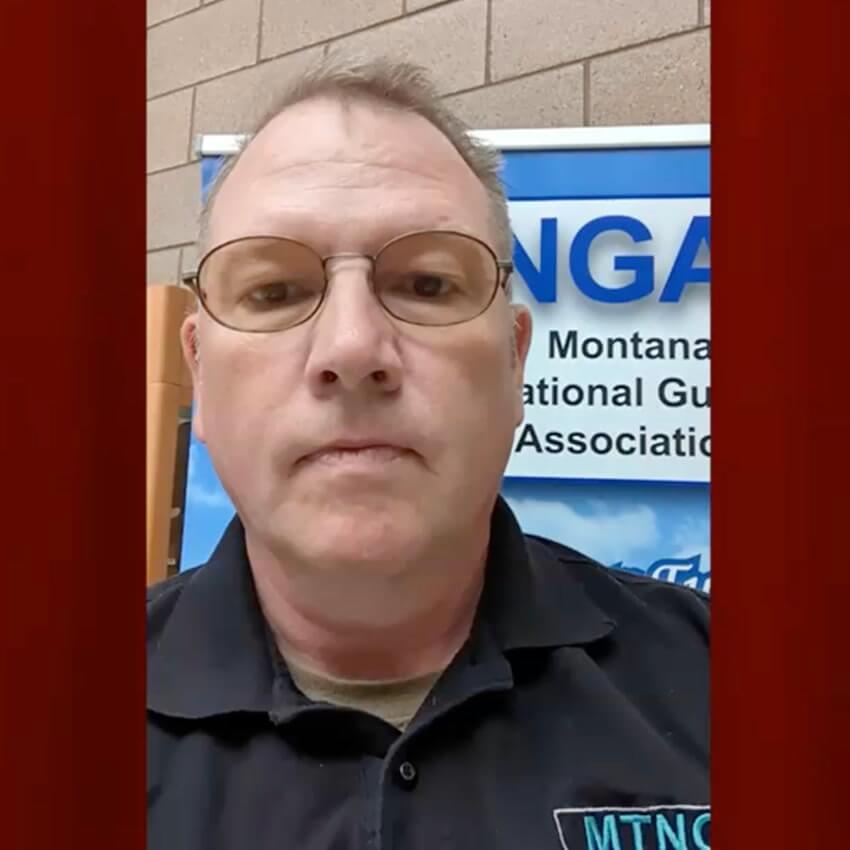Workplace Happiness Index Lesson
Workplace Happiness Index Lesson
Today we’re going to review the Workplace Happiness Index, which is a model or framework that we’ve developed to capture a big-picture overview of what actually leads to happiness, well-being, and satisfaction in working life. So here you have it. We’ll talk through this briefly at a very high level.
It starts with really who, why, how, and what. Right? It makes sense to try to capture all the variables; those are really everything that goes into your working life. Who, why, how, and what. Under the “who,” there are two primary determinants: that’s connection and psychological safety. So, when we’re talking about connection, it’s honestly having a best friend or friends in the workplace. Psychological safety speaks to this feeling that you can take risks in front of one another or that you have a sense of trust—a sense of, uh, if you make a mistake or maybe you don’t do something perfectly, that your team or the organization is going to have your back. And that is what leads to an optimal environment in which to work.
The “why” gets at obviously the why behind the work you do. So, I often use the phrase “strengths-based and values-aligned.” So it happens when you or the people around you are using their unique strengths to have an impact on something greater, whether it’s the organization, the community, the country, the world, etc. Then you want to think about your core motivations and values, and you should have an understanding of how your work is aligned with those.
The “how” gets at how you work. The main thing is you want to have a sense of intrinsic motivation. Again, this applies to you as an individual or the teams of people you lead. So, where does intrinsic motivation come from? Well, it comes from really three factors. Number one is autonomy, so that’s a sense that you are empowered to have a say over how you get your work done. The second is mastery; this relates to efficacy. We have a desire to feel that we are growing and improving and good at the work we do. And then, of course, we want people to recognize that in us, and that boosts our sense of esteem and confidence from being competent at our craft. And then third is engagement, or which you might think of as flow. So, the work is actually, in some cases, interesting. You’re able to be absorbed in it. You don’t have all these distractions going on, and it’s the adequate balance of challenge and skill. So, the work almost at times feels like time just kind of slips away and you’re just absorbed or you’re in the zone.
And then finally, the “what.” That’s the most concrete or tangible part of the work you’re doing. So what is the role and what are the demands of the role? If you’re expected to work 100 hours or 80 hours a week, probably no matter what the role is, you’re not going to be very satisfied there. So that’s just getting clear on what the expectations are. Are they fair? Are they clear? And are they reasonable? That you can keep some element of a healthy work-life balance. Of course, compensation and benefits are obvious—you need to be satisfied with that. And then the third is just kind of general, we’ll say, well-being or wellness. What’s really important is sleep and exercise. We often don’t think of those as having anything to do with work, but the truth is that sleep health and physical exercise are two of the primary determinants in your overall physical and mental well-being. And so inevitably that’s going to come through in work.
So here you have this model, and you can use this to think about your own happiness at work but also the organization or the teams you lead. You can sort of use this as a mental tool to audit your team, your organization, etc. So here is your assignment: get into partners, get into small groups, and I want you to just go through each of those quadrants. Right? We talked about the “who,” so psychological safety and connection. We talked about the “how” of cultivating intrinsic motivation. We talked about the “why” of strengths and values. And we talked about some of the “whats.” I want you to, for each of those, share one thing that you learned or you think is the most important, and then one action you can take for the teams that you lead or the teams you are a part of that would support the workplace happiness of you and the people around you. So that might be something like saying, “Oh, for the ‘who,’ the connection one, this idea of having a best friend at work being really important, you know, I think I’m just going to try to have one conversation a week with someone that I don’t know very well yet where I really get to know something about them personally.” Or you might say, “This ‘why’ idea of values really stood out, and I want to try to map out for each of my direct reports one of their values of why they’re motivated to do the work they do. Is it about family for them? Is it about service? Is it about money?” It doesn’t matter; what is it for them? Maybe one is saying, “Hey, I’m going to create just a healthy habits checklist that I kind of talk to my team about every month. Like, hey, this month I just watched this Matthew Walker’s TED Talk on sleep, and it was really good. You all should check it out.” Whatever it is, I want you to think about an important lesson, insight, or theme within each category that really resonated with you and then discuss one tangible action that you could take to support that for yourself and for your teams. Thanks for watching.























